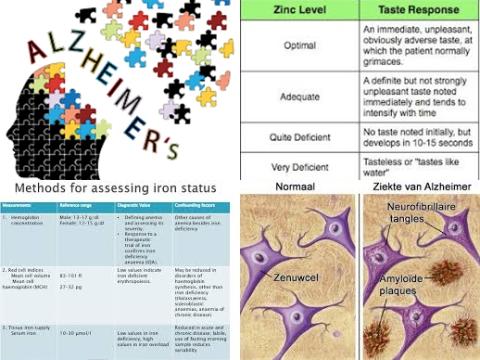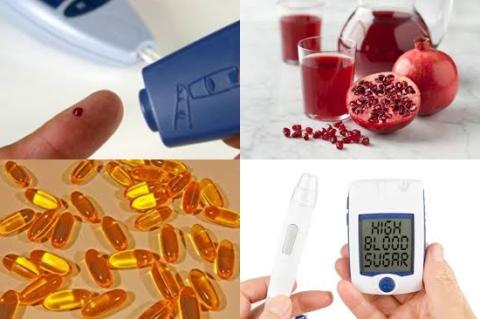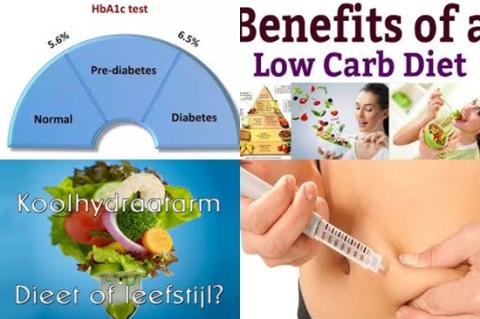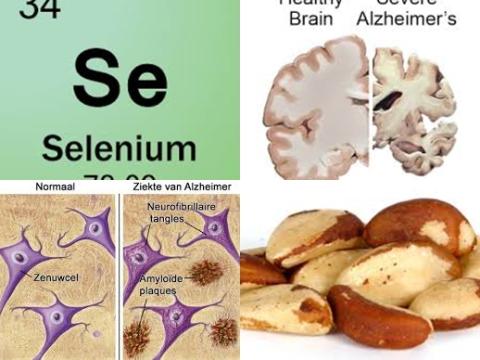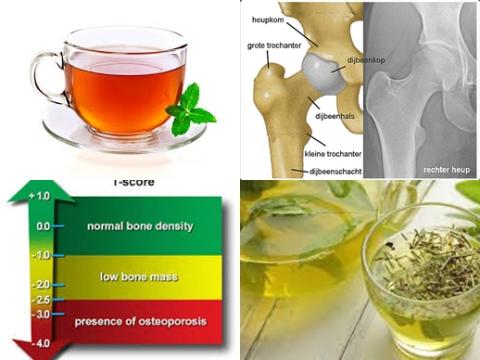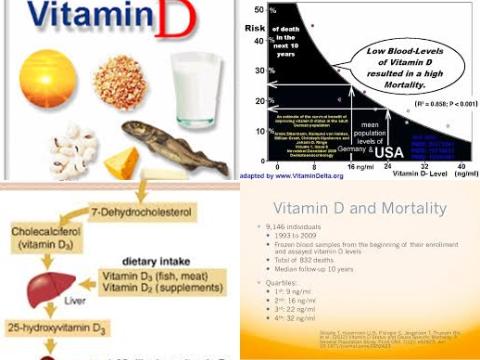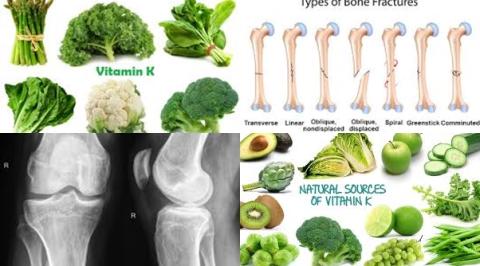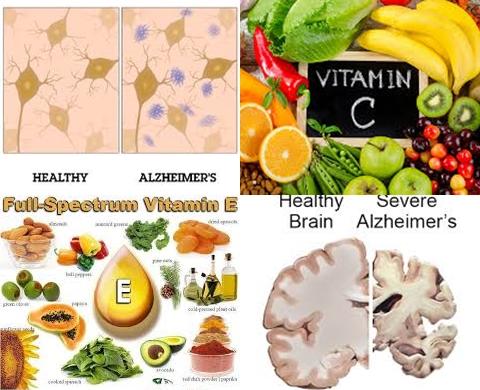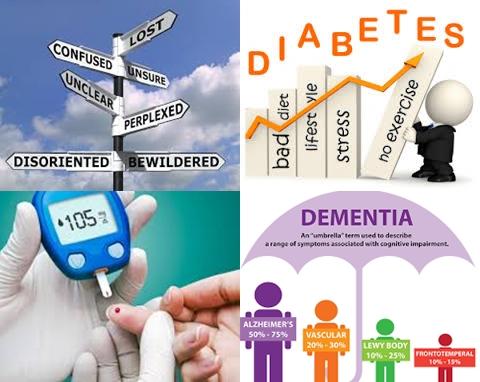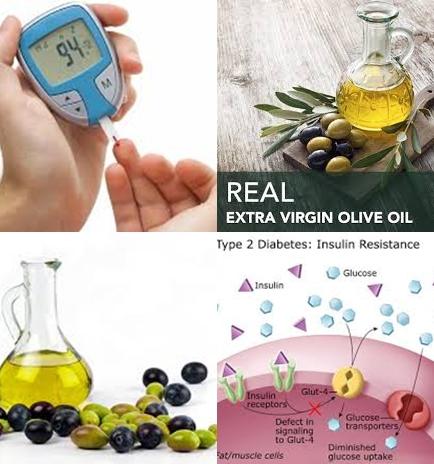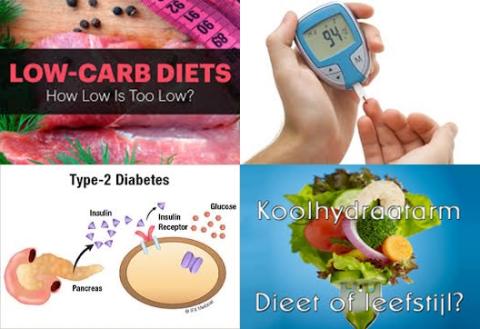Low vitamin D status is related to poorer cognition in healthy adults

Objectives:
With an aging population and no cure for dementia on the horizon, risk factor modification prior to disease onset is an urgent health priority. Therefore, this meta-analysis (review article) has been conducted.
What is the effect of low vitamin D status or vitamin D supplementation on cognition in midlife and older adults without a diagnosis of dementia?
Study design:
This review article included 26 observational (cross-sectional and longitudinal cohort) studies and 3 intervention studies (n = 19-9,556).
Results and conclusions:
The investigators found in 26 observational studies that low vitamin D status was associated with worse cognitive performance [OR = 1.24, CI = 1.14-1.35] and cognitive decline [OR = 1.26, CI = 1.09-1.23] in midlife and older adults without a diagnosis of dementia; with cross-sectional yielding a stronger effect compared to longitudinal studies.
However, the investigators found in 3 intervention studies that vitamin D supplementation showed no significant benefit on cognition compared with control [SMD = 0.21, CI = -0.05 to 0.46].
The investigators concluded that observational evidence demonstrates low vitamin D is related to poorer cognition in midlife and older adults without a diagnosis of dementia; however, interventional studies are yet to show a clear benefit from vitamin D supplementation. From the evidence to date, there is likely a therapeutic age window relevant to the development of disease and therefore vitamin D therapy. Longitudinal lifespan studies are necessary to depict the optimal timing and duration in which repletion of vitamin D may protect against cognitive decline and dementia in aging, to better inform trials and practice towards a successful therapy.
Original title:
A Systematic Review and Meta-Analysis of The Effect of Low Vitamin D on Cognition by Goodwill AM and Szoeke C.
Link:
https://www.ncbi.nlm.nih.gov/pubmed/28758188
Additional information of El Mondo:
Find more information/studies on vitamin D, review article/significant, elderly and dementia right here.
